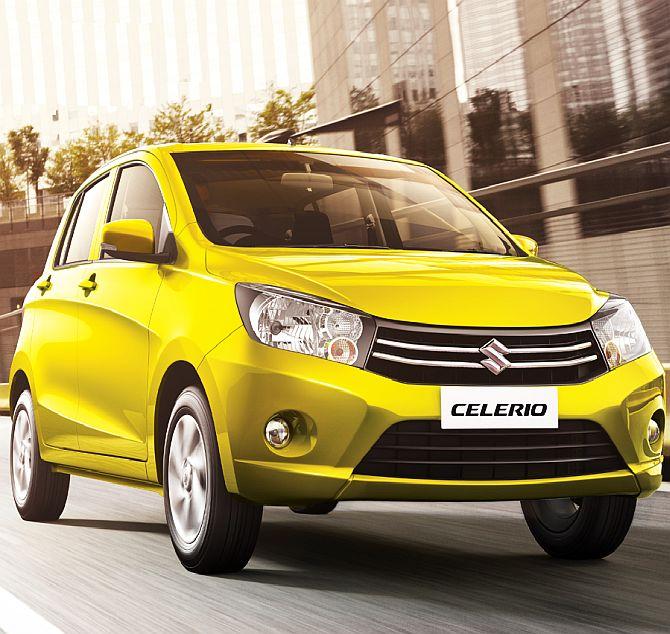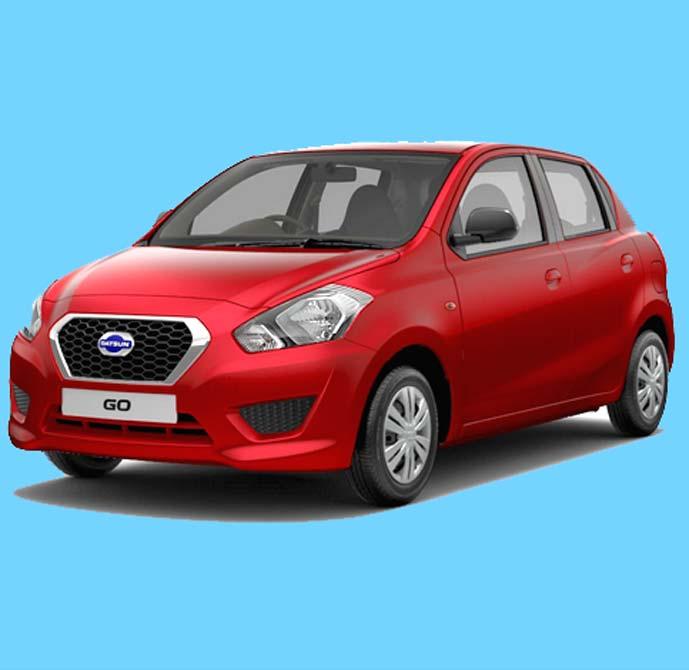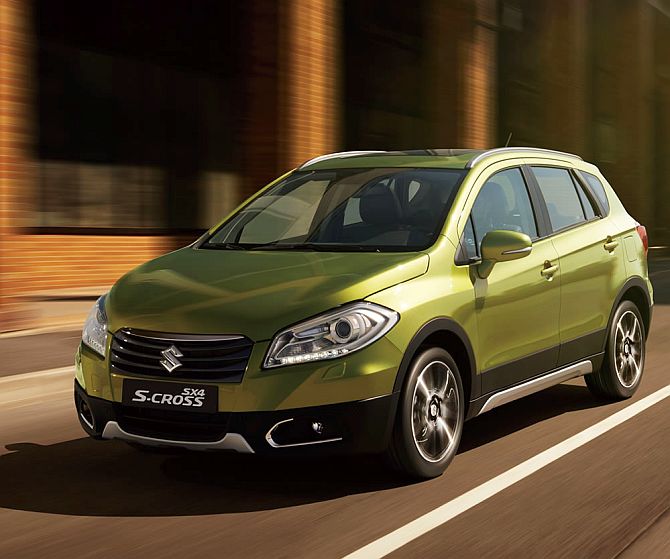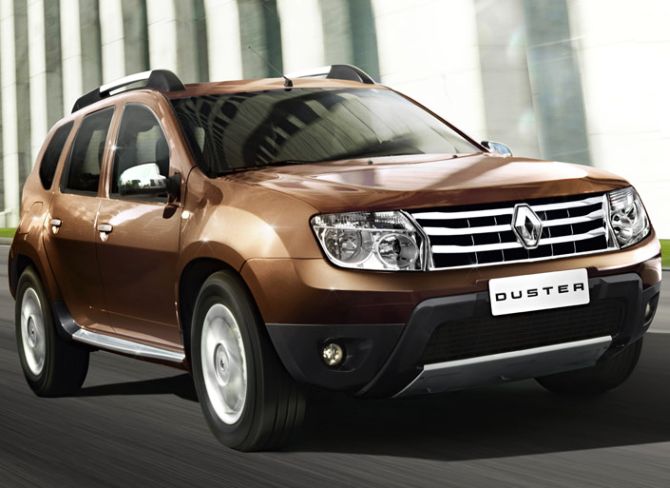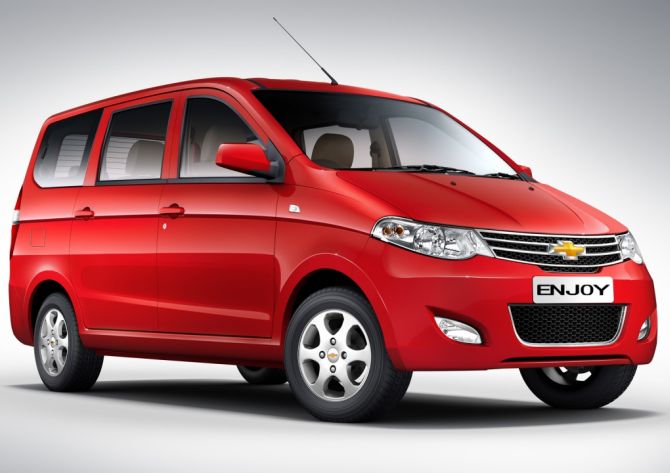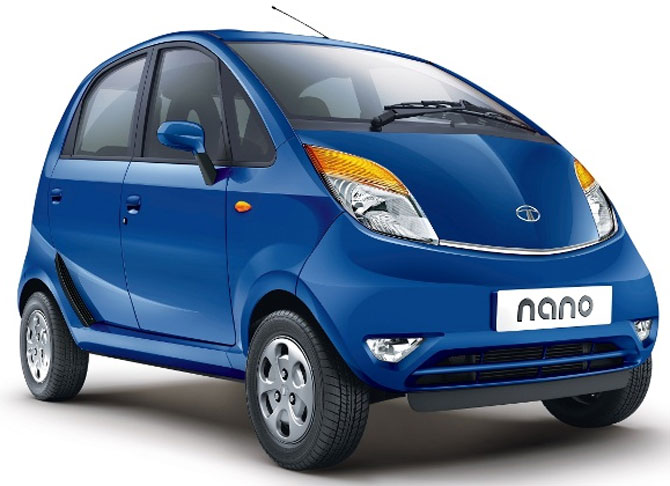 | « Back to article | Print this article |
From boom to doom: Carmakers face tough times
Car sales in terms of numbers in India in the just-concluded financial year (2013-14) have gone down in over a decade, confirming once again the extent of the economic slowdown.
The automobile industry occupies a central position in the manufacturing sector because of the numerous linkages its supply chain has with the rest of the economy, and so trying to make it recover promotes overall recovery.
But, unfortunately, the government's effort to do this by cutting excise duty in the interim Budget appears not to have had any effect on March sales, which are also down.
Click NEXT to read more…
From boom to doom: Carmakers face tough times
As the slowdown is so severe, the reasons behind it may go beyond the easily understood ones - a slower rise in middle-class disposable income, and high interest costs making car loans unaffordable.
There might be more complex or structural issues at play. Note that two-wheeler sales have done well in March, in response to the duty cut. Sales figures for 2008-09, when the slowdown hit the hardest, underline the divergence between the demand for cars and that for two-wheelers.
Click NEXT to read more…
From boom to doom: Carmakers face tough times
While car sales barely moved forward by 0.2 per cent, two-wheeler sales rose 2.5 per cent. If one adds to this the visual impression that motorcycles seem to be everywhere in urban India and semi-urban India, then the entire automobile sector is not as badly off as the car segment is.
This seems to buttress the trend apparent from other consumption data, which show that those lower down on the economic ladder have done quite well in recent years compared to the middle class, which is feeling the pinch somewhat acutely.
Click NEXT to read more…
From boom to doom: Carmakers face tough times
Even assuming that some who would have gone in for cars during the boom years have instead opted for two-wheelers, it is important for automobile firms to adopt a more rigorously segmented approach to the market.
There are other reasons for being circumspect about pushing car sales. Air pollution and its impact on health in Indian cities are a key issue.
Click NEXT to read more…
From boom to doom: Carmakers face tough times
Therefore, if the government gets very strict about raising emission standards, car manufacturers would have to make considerable investment in new technology even as they would get less time to amortise such investment.
There are also the issues of the amount of road space available in Indian cities and the safety levels prevailing on them.
If car companies are loath to fit airbags in all models because of the impact that such a small additional cost can have on margins and sales, then car sales may not go back into high gear very soon.
Click NEXT to read more…
From boom to doom: Carmakers face tough times
If one adds to this the possibility of state policy tilting more decisively towards public transport, then it may not be practical for Indian and global companies to imagine that car sales will regain high momentum as soon as growth picks up in a more favourable post-election policy scenario.
The fact that China produced 35 million electric two-wheelers in 2012 (while India produced 13.4 million overall in 2011-12) and sold 97.5 per cent of them at home should be considered by automobile companies in India as an answer to the issues outlined above.
